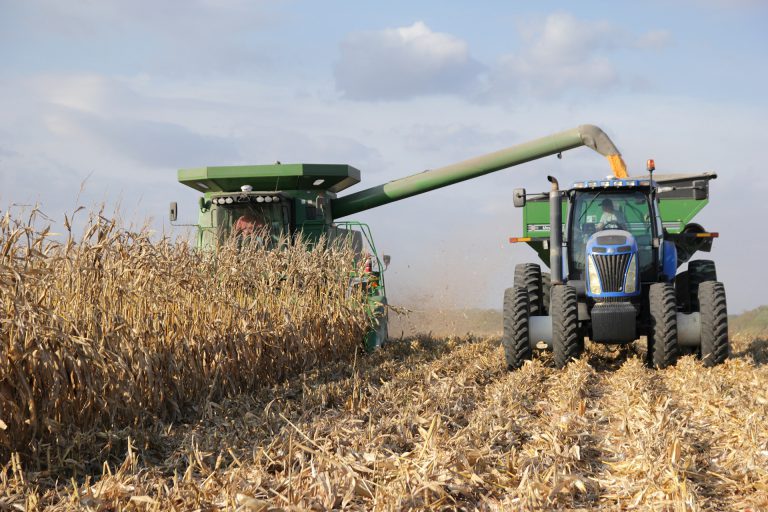In October, Purdue University’s Ag Economy Barometer recorded its highest-ever index, meaning farmers were at an all-time high level of optimism.
However, that number dropped off significantly in November, due in large part to the presidential election.
“[When] you have a change in the party that’s running the White House, there’s going to be changes in how people view policy issues,” says Michael Langemeier, a professor at Purdue University who helps calculate the monthly index.
The Ag Economy Barometer measures the overall health of the agriculture economy by surveying 400 producers nationwide about everything from farmland value to trade relationships. About half of those surveyed are corn and soybean producers.
The index measured 183 in October — an all-time high. It fell to 167 in November.

“I wasn’t really surprised to see the results that we did,” Langemeier says.
Both the October and November surveys attempted to gauge how producers feel about the outcome of the presidential election. They included questions about whether producers expected to see higher taxes, less federal farm assistance and major policy changes, including more restrictive environmental regulations.
Far more producers responded “yes” to those questions in November than in October, causing what Langemeier calls “long-term optimism” to fall.
Short-term optimism, however, rose. Survey results show that farmers feel good about the next year or so, largely due to high crop prices and stable trade relations with China.
The overall post-election dip in producer optimism is the reverse of what happened in the aftermath of the 2016 election, according to Langemeier.
“More people thought that we were going to have less restrictive environmental policy, lower taxes and a stronger farm safety net in 2016,” he says. “The results in 2020 are the reverse.”
In general, the barometer has steadily increased since the start of the COVID-19 pandemic. In April, for example, the index was calculated at a mere 96.
Follow Dana on Twitter: @DanaHCronin
9(MDM5MjE5NTg1MDE1Mjk1MTM5NjlkMzI1ZQ000))

